TERMINAL CONTROL SYSTEMS
Named after Yu.P. Portnov-Sokolov
The events of 1950 can be considered prolog to the Laboratory’s emergence: on the initiative of S.P. Korolev and V.P. Glushko, the Institute of Automation and Remote Control, the USSR Academy of Sciences, was involved in the R & D works on the first domestic intercontinental ballistic missile. Later on, it became the parent of an entire family of space launch vehicles (Sputnik, Vostok, Soyuz, and Molniya). The Institute was entrusted with solving two fundamentally new problems: finding design principles of an automatic control system for the propellant feed system (PFS) of a multi-stage rocket and studying the liquid-propellant rocket engine (LRE) as a controlled object in the PFS.
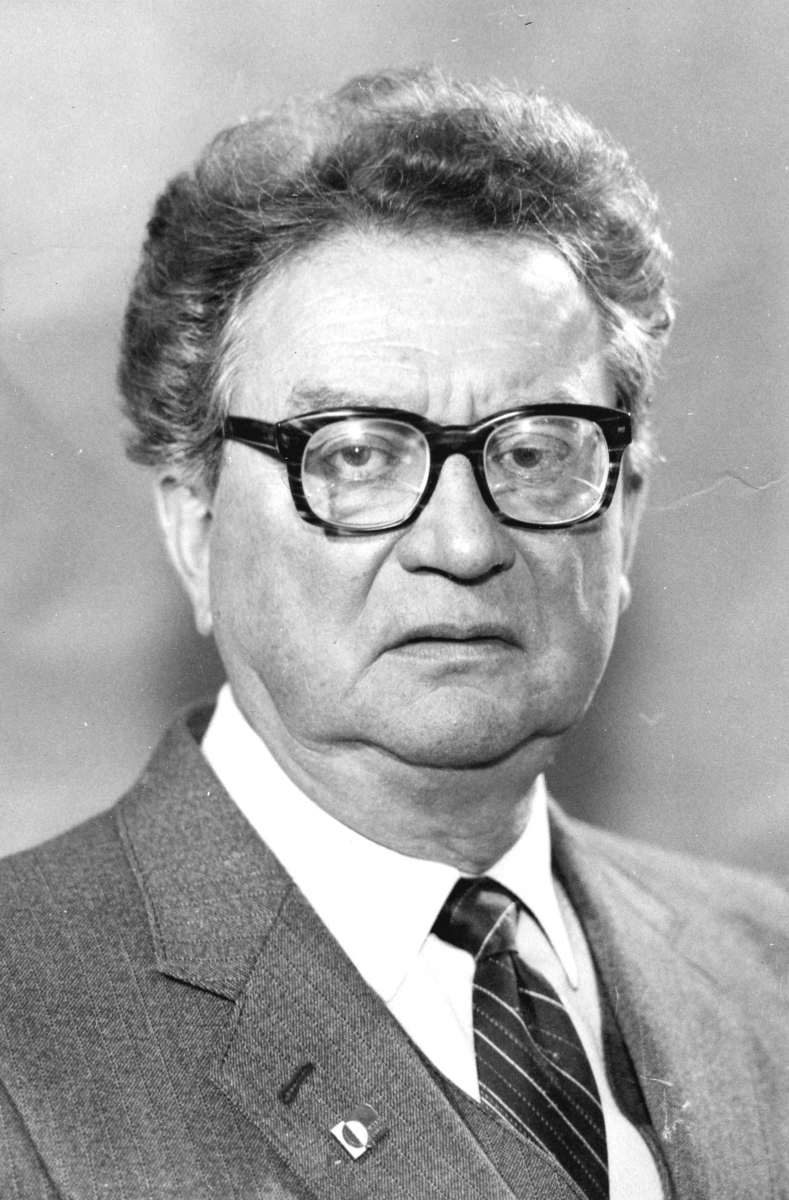 |
|
Yuri P. Portnov-Sokolov, Founder and first Head of Laboratory No. 8 |
The problems were successfully solved by a group of Institute’s employees under the leadership of B.N. Petrov. (At that time, he was a corresponding member of the USSR Academy of Sciences, elected in 1953.) In particular, the mathematical model of the LRE and methods for studying its dynamics and controllability were developed (Yu.P. Portnov-Sokolov). They were of high priority.
V.N. Markov and A.N. Chatskin, future employees of Laboratory No. 8, participated in the preparatory work and launch of R-7 in October 1957. The rocket injected into orbit the world’s first satellite PS-1, and the Institute received a commemorative medal.
Laboratory No. 8 was established in November 1959 within the department headed by B.N. Petrov.
In practical terms, the Laboratory focused on improving the characteristics of rocket-space technology (RST) means; in theoretical terms, on creating and developing the theory of terminal control systems.
In the early 1980s, B.N. Petrov, Yu.P. Portnov-Sokolov, A.Ya. Andrienko, and V.P. Ivanov published the monograph Bortovye terminal’nye sistemy upravleniya. Printsipy postroeniya i elementy teorii (Onboard Terminal Control Systems. Design Principles and Theory Elements).
The general concept of improving the power characteristics of liquid-propellant launch vehicles (LVs) by control means was completely developed (Yu.P. Portnov-Sokolov, A.Ya Andrienko, and V.P. Ivanov). As a result, an extensive family of RST control systems was formed to increase the payload capacity of LVs by 10–15%.
With the participation of V.A. Zhukov, A.S. Poddubnyi, V.K. Zavadskii, A.A. Muranov, A.I. Chadaev, and others, the majority of those systems were implemented in RST means for LVs Energiya, Zenit-2S, Zenit-3SL (the international Sea Launch program), Proton-M, Soyuz-FG, and Soyuz-2 as well as in ballistic missile launchers. They form the nuclear-missile shield: the foundation of Soviet and Russian defensive capabilities.
Studies on the dynamics and controllability of liquid-propellant rocket engines continued (V.Ya. Volkov and Yu.M. Gladkov).
In the 1990s, a nonlinear problem was solved: the state coordinates of an orbital spacecraft were estimated using measurements at the communication instants with the Navstar and Glonass navigation systems.
In civil areas, note several works on constructing highly reliable medical diagnostic devices (a ventilator system, pulse oximeters, and Doppler devices for brain blood flow analysis).
At the junction of the centuries, Yu.P. Portnov-Sokolov, A.Ya. Andrienko, and V.P. Ivanov led a cycle of scientific works to ensure the safety of RST means using control and management. Those works proceeded from the priority of the safety criterion at all life cycle stages of RST means and the need to use different types of control and management (traditional control in onboard systems, management of projected and engineering solutions, operational and maintenance management, etc.).
Principles were formulated to select the projected appearance by the safety criterion.
The theory of fault-tolerant terminal control was developed for onboard systems. A fundamentally new control approach was formulated: the state of a system with a partial failure was treated as an admissible state considered when choosing a control algorithm (A.Ya. Andrienko, V.P. Ivanov, and Yu.P. Portnov-Sokolov). The design ideology of the control algorithm includes the capability to reconfigure based on its diagnosis means and preserve the acceptable quality under failures.
The need for decomposing the control problem of complex RST means (see the early development stages) is currently replaced by the integration of onboard systems. This trend is dictated by higher control requirements and new capabilities of onboard computing facilities. Due to integration, onboard systems have additional reserves to improve control efficiency in normal and abnormal flight modes. Mass-heat exchange processes occurring in the tanks and lines of the liquid propellant rocket engine during fuel components production and pressurant gas inflow can be combined and defined as in-tank processes. Control of these processes must provide a stable mode of high power release and thrust in the liquid-propellant rocket engine as well as its accident-free shutdown and restart. Also, control of in-tank processes can ensure complete fuel exhaustion and minimum pressurant gas consumption. Complete fuel exhaustion is performed together with the rocket’s terminal delivery to the target near-Earth orbit. Thus, the energy and reliability characteristics of LVs can be most effectively tuned by improving the control of in-tank processes.
This formulation covers the control problems most critical for the object’s safety and highlights a new and topical area in the control of next-generation missile launch vehicles. The new control problem statement is relevant for creating rocket means of guaranteed orbital injection.
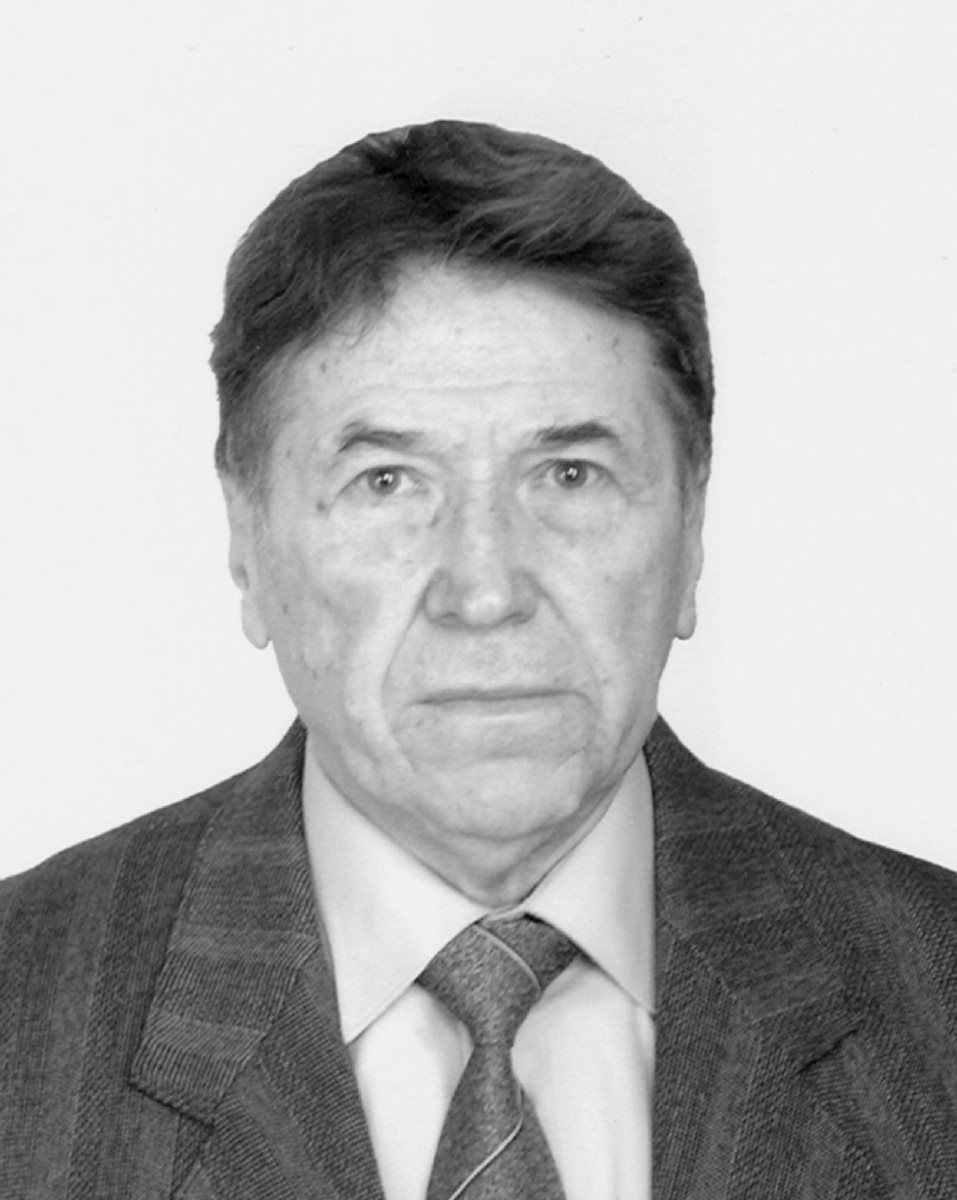 |
|
Anatoly Ya. Andrienko |
For this purpose, an original method was proposed to design a terminal control system for interrelated processes in the object. Construction principles and design methods were developed for onboard terminal systems with combined control. The shutdown control problem was solved for LRE by the safety criterion (V.K. Zavadskii, E.B. Kablova, and L.G. Klenovaya).
Concerning structural changes in the object, note the principle of building a multilevel structure system based on a family of different-complexity functional models. The principle was proposed during the object’s operation.
An algorithm was developed to recognize an abnormal situation in the onboard system, predict possible consequences of failures, and choose the best action strategy with the localization or full compensation of the negative consequences (A.I. Chadaev and E.I. Tropova).
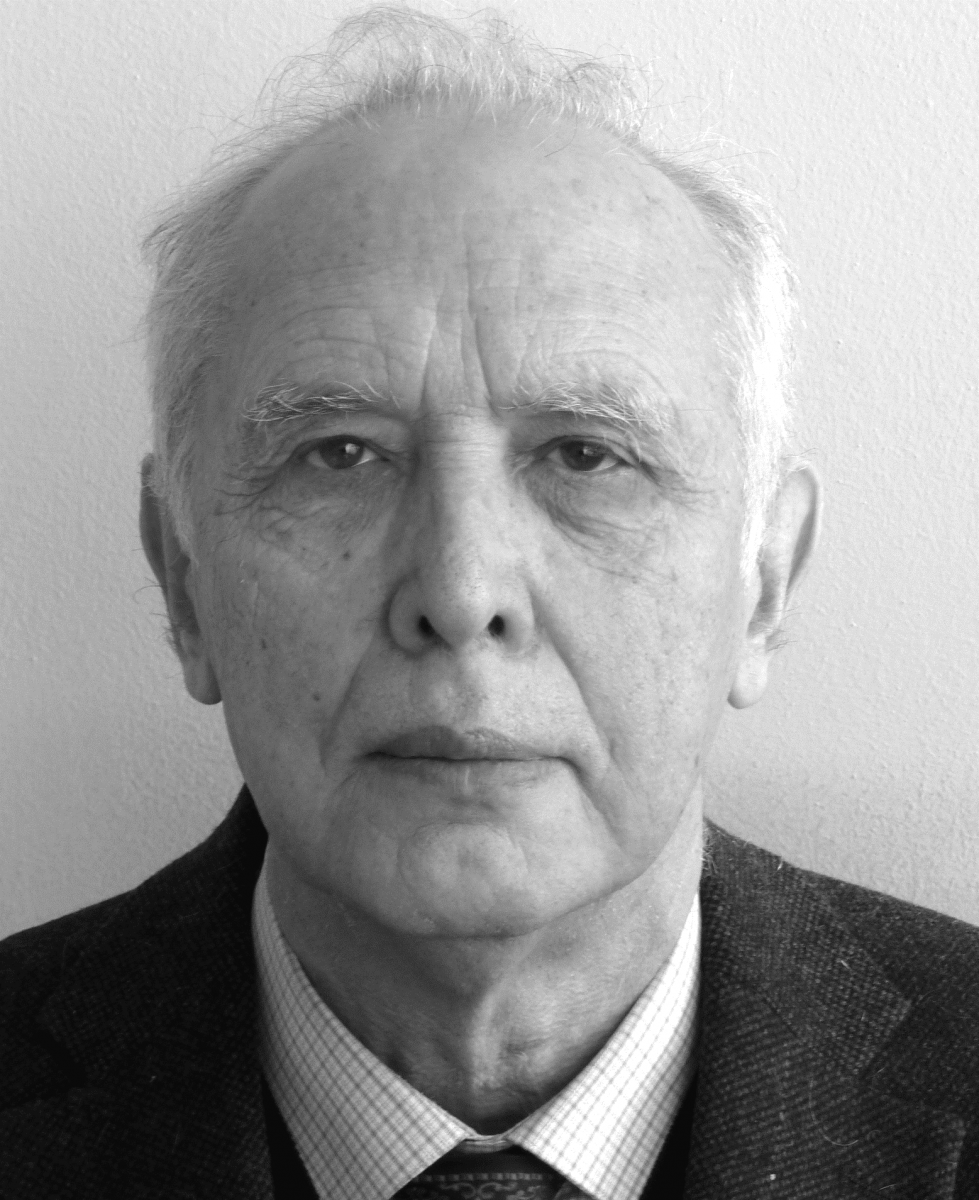 |
|
Vladimir P. Ivanov, Head of Laboratory No. 8 |
Scientific results of those works were used in modern RST means, projected systems for Angara launch vehicle, Soyuz-2 modifications (the Vostochny Cosmodrome), and KVTK upper-stage rocket.
After the death of Yu. P. Portnov-Sokolov, for 9 years the Laboratory was headed by Dr. Sci. (Eng.) Anatoly Ya. Andrienko. The present Head is Dr. Sci. (Eng.) Vladimir P. Ivanov.
Laboratory’s results on the control of in-tank processes of liquid-propellant launch vehicles meet the increased safety and power requirements, being relevant and new for domestic and world practice. Theoretical foundations and the design technology were developed, and considerable practical experience was accumulated. The Laboratory participates in almost all domestic R & D works on launch vehicles with liquid-propellant rocket engines in the area of fuel flow control systems and pneumohydraulic feed systems.
Modern works of the Laboratory are focused on increasing the country’s space and rocket potential in cooperation with Korolev Rocket and Space Corporation Energia, Khrunichev State Research and Production Space Center, Space Rocket Center Progress, Scientific and Production Association of Automatics, Pilyugin Research and Production Center for Automatics and Instrumentation, the State Research Institute of Experimental Instrumentation (GosNIIEP), Makeyev State Rocket Center, and others.
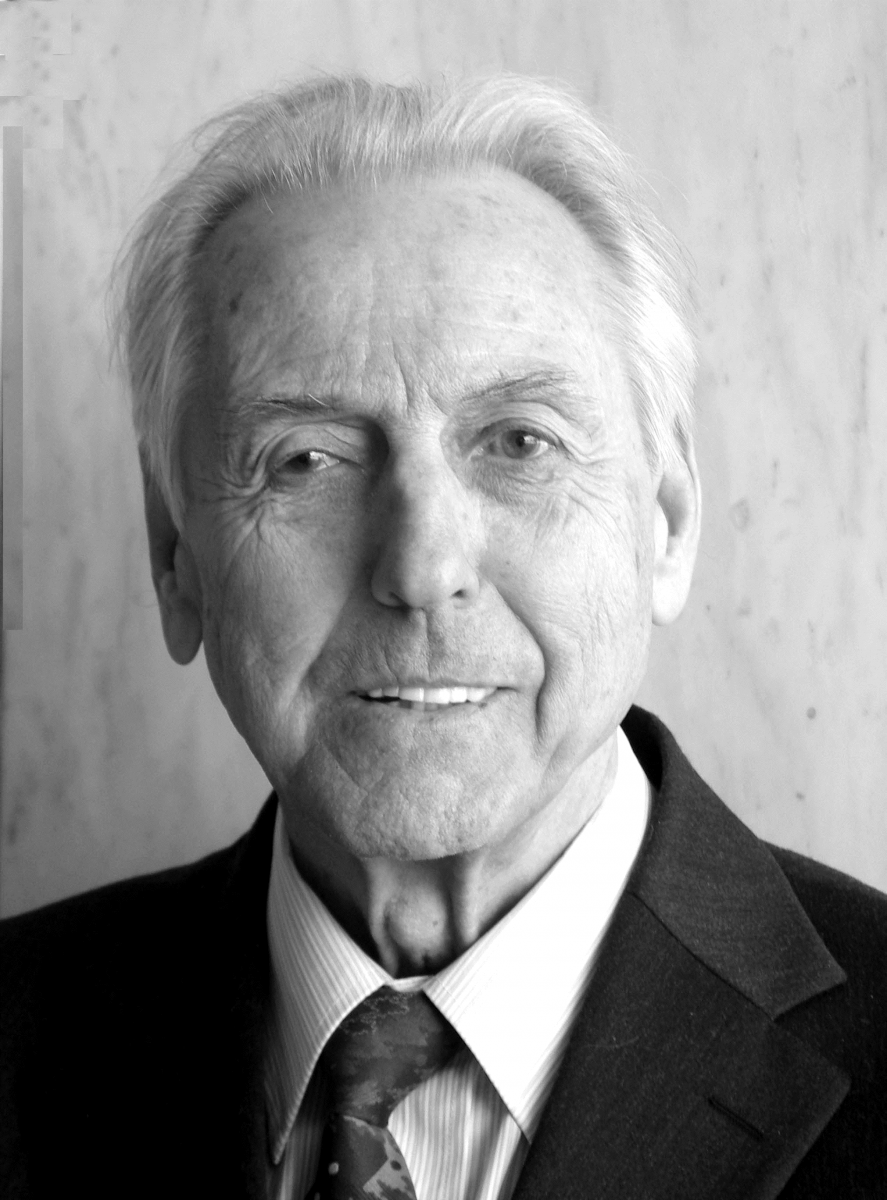 |
|
Vladislav Yu. Rutkovskii |
In 2018, Laboratory No. 8 merged Laboratory No. 42, which was established back in 1968 on the B.N. Petrov’s initiative. Its Heads were, first, Dr. Sci. (Eng.), Prof. V.Yu. Rutkovskii and, after him, Dr. Sci. (Eng.) V.M. Sukhanov. Laboratory No.42 dealt with a general theory of adaptive systems and coordinate-parametric control systems with application to control systems for aircraft and spacecraft. Laboratory No. 42 developed the foundations of the theory of adaptive coordinate-parametric control systems for RST means. This theory is still relevant today. As controlled objects (plants), it considers large space structures, particularly solar power stations created in space, free-flying space robotic modules, and discretely developing structures assembled in orbit using the robotic modules.
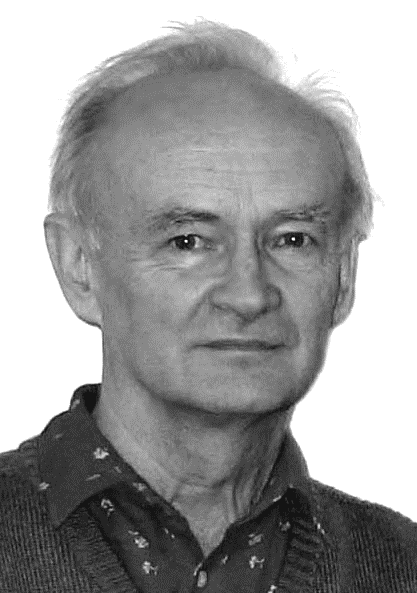 |
|
Victor M. Sukhanov |
Over the years, Laboratory’s employees (including those of the former Laboratory No. 42) have been awarded more than 30 orders, medals, and prizes of the country:
• 4 State Prizes (Yu.P. Portnov-Sokolov, 1967; V.Yu. Rutkovskii, 1970 and 1981; A.Ya. Andrienko, V.P. Ivanov, A.S. Poddubnyi, and Yu.P. Portnov-Sokolov, 1983);
• the Gold Medal named after. B.N. Petrov (V.Yu. Rutkovskii, 1983);
• the RAS Prize named after Acad. B.N. Petrov (A.Ya. Andrienko, V.P. Ivanov, and Yu.P. Portnov-Sokolov, 2004);
• the RAS Gold Medal named after S.P. Korolev (V.P. Ivanov, 2016).
